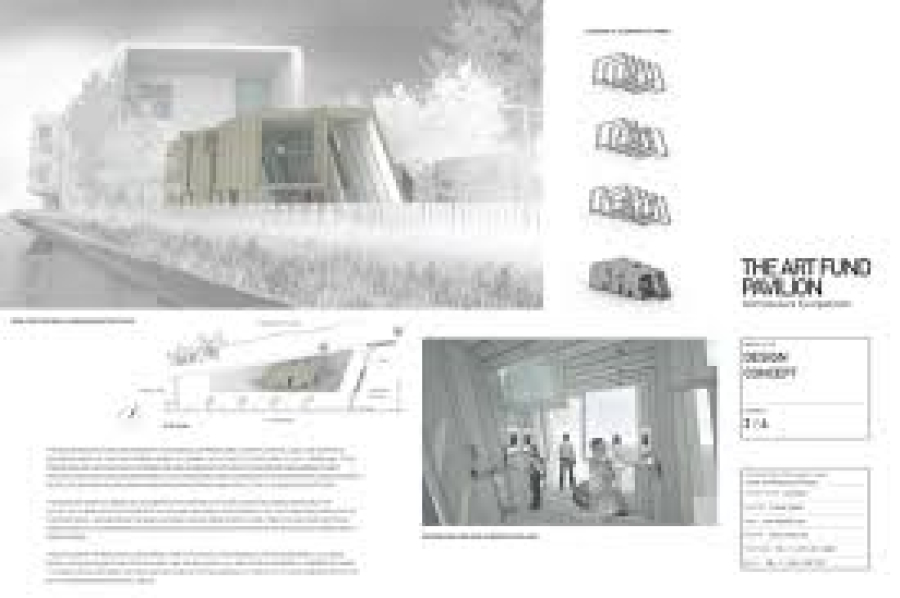How to Choose Sustainable Materials for Projects
In today’s design landscape, sustainability is not just a trend—it's a necessity. For freelancers in architecture and interior design, understanding how to choose eco-friendly and sustainable materials has become essential to attract conscious clients and stay competitive. As climate change concerns grow and regulations tighten, sustainable choices are not only ethical but also economically smart.
Whether you're working on residential spaces, commercial interiors, or public architecture, selecting the right sustainable materials can greatly impact your project's environmental footprint, durability, and market value. This comprehensive guide explains how freelancers can choose sustainable materials effectively and responsibly while delivering high-performance results.
Long Description:
1. Understand the Fundamentals of Sustainable Materials
Before diving into selection, it’s essential to understand what makes a material sustainable.
Key Characteristics:
Low environmental impact (from sourcing to disposal)
Non-toxic and safe for humans and ecosystems
Durable and long-lasting to reduce replacement
Locally sourced to reduce transportation emissions
Recyclable or biodegradable
Freelancer Tip: Begin each project with a sustainability checklist to align materials with your client’s environmental goals.
2. Analyze the Lifecycle of Materials
A responsible material choice takes the entire lifecycle into account—from extraction to installation to eventual disposal.
Lifecycle Phases to Consider:
Raw Material Extraction: Are the materials mined or harvested responsibly?
Manufacturing: Is the production energy-efficient and free of toxic byproducts?
Transportation: Are materials imported from far distances?
Installation & Use: Do they emit VOCs or require harmful adhesives?
End-of-life: Can the material be reused, recycled, or composted?
Freelancer Tip: Use lifecycle assessment (LCA) tools or refer to Environmental Product Declarations (EPDs) from manufacturers.
3. Prioritize Local and Regionally Available Materials
Using locally sourced materials is one of the easiest and most effective ways to make your design more sustainable.
Advantages:
Reduces carbon footprint from transportation
Supports local economies and artisans
Better suited to local climates and environmental conditions
Examples:
Bamboo in Asia
Cork in Mediterranean regions
Adobe in arid climates
Freelancer Tip: Build a local supplier directory for eco-friendly materials to reduce lead times and enhance regional authenticity.
4. Evaluate Certifications and Standards
When selecting materials, look for third-party certifications to verify sustainability claims.
Popular Certifications:
FSC (Forest Stewardship Council): Sustainable wood
Cradle to Cradle Certified: Circular economy and product safety
GreenGuard: Low chemical emissions
LEED Compliant Products: For green building credits
BREEAM / WELL Standards: For international projects
Freelancer Tip: Always request certification documentation during procurement discussions to avoid greenwashing.
5. Choose Recycled and Upcycled Materials
Recycled materials offer a double benefit: they reduce landfill waste and require less energy to manufacture.
Examples:
Recycled glass tiles
Steel or aluminum with high recycled content
Reclaimed wood for furniture and flooring
Upcycled industrial waste as composite panels
Freelancer Tip: Pitch these choices as "eco-luxury" to clients who want sustainability with aesthetic appeal.
6. Avoid Toxic and High-VOC Materials
Volatile Organic Compounds (VOCs) can off-gas and harm indoor air quality, leading to serious health issues.
Avoid Materials Like:
Standard paints and adhesives
Vinyl flooring with plasticizers
Foam-based insulation containing formaldehyde
Eco-Safe Alternatives:
Water-based paints
Natural latex or wool insulation
Zero-VOC glues and sealants
Freelancer Tip: Ensure compliance with WELL Building Standards when working with corporate clients focused on wellness.
7. Go Natural Where Possible
Natural materials typically require less processing and are biodegradable, making them ideal for sustainable projects.
Top Choices:
Clay and lime plasters
Natural linoleum
Wool carpets
Bamboo and cork flooring
Stone and earthen finishes
Freelancer Tip: Combine natural materials with modern textures to create timeless, sophisticated designs that age beautifully.
8. Consider Energy Efficiency in Material Performance
Materials that insulate, reflect heat, or regulate moisture help reduce energy consumption in buildings.
Examples:
Insulated concrete forms (ICFs)
Radiant barriers in roofing
Thermally broken aluminum window frames
Rammed earth walls for passive heating/cooling
Freelancer Tip: Use simulation tools like EnergyPlus or SketchUp plugins to compare energy performance before final selection.
9. Balance Aesthetics with Responsibility
Sustainable doesn't mean unattractive. In fact, many green materials are now at the forefront of design innovation.
Trends in Sustainable Aesthetics:
Terrazzo made from recycled glass or stone chips
Reclaimed wood with natural patina
Sculptural panels from pressed agricultural waste
Concrete mixed with fly ash or slag
Freelancer Tip: Create a mood board that includes sustainable material samples to help clients visualize the outcome.
10. Educate Clients on Long-Term Cost Savings
Sometimes clients hesitate on sustainable options due to upfront cost. Educate them about the long-term ROI.
Sustainable Material Advantages:
Reduced maintenance costs
Lower energy bills
Higher property value and resale appeal
Qualifies for tax credits or LEED points
Freelancer Tip: Include a side-by-side cost-benefit comparison in your project proposal.
11. Create a Sustainable Materials Library
Maintain a digital and physical library of sustainable materials with:
Sample swatches
Specification sheets
Certification documents
Supplier contact information
This makes it easier to incorporate eco-friendly choices into future projects and respond quickly to client inquiries.
Freelancer Tip: Organize your library by material type and project applicability—residential, office, retail, etc.
12. Stay Updated on New Innovations
Sustainable material innovation is fast-paced. As a freelancer, staying informed will help you stay ahead of the curve.
Emerging Materials in 2025:
Mycelium-based insulation and furniture
Carbon-negative concrete
Algae-based bioplastics
Transparent wood for windows
Freelancer Tip: Subscribe to green architecture journals or attend design expos like Greenbuild or FutureBuild.
Conclusion:
Choosing sustainable materials isn’t just about going green—it’s about smarter, healthier, and more responsible design. As a freelancer at freelancerbridge, mastering eco-friendly material selection enhances your market value, appeals to environmentally conscious clients, and contributes positively to the planet.
From lifecycle analysis to certifications, and from natural textures to cutting-edge innovations, sustainable material selection is a dynamic process that shapes the future of architecture and interior design. Be proactive, be informed, and lead your projects with environmental integrity and design excellence.


 by Emily
by Emily




